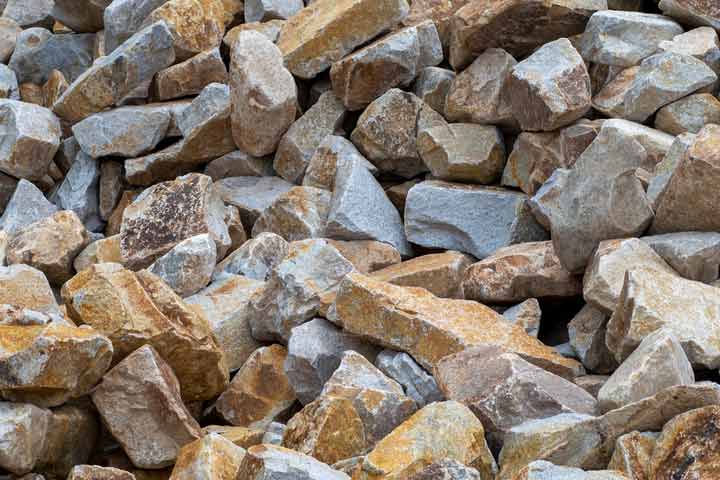Stone – a material that transcends trends, whispering tales of time and adding a touch of timeless elegance to any project. But with a vast array of stone materials available, selecting the right one can feel overwhelming. This article empowers you, the architect or designer, to navigate the world of stone materials. We’ll equip you with the knowledge to explore the properties of different stones, understand their applications, and ultimately find the perfect material to elevate your design vision.
Beyond the Monolith: A Diverse Palette of Stone Materials
Nature’s artistry unfolds in the vast spectrum of stone materials. Here’s a breakdown of some key categories:
- Igneous Stones: Forged by fire and fury, igneous stones like granite and basalt offer exceptional strength and durability. Their inherent beauty, often featuring captivating flecks and patterns, makes them ideal for countertops, flooring, and exterior cladding.
- Metamorphic Stones: Transformed by heat and pressure, metamorphic stones like marble and slate boast unique veining and a sophisticated aesthetic. Marble’s timeless elegance graces high-end countertops and bathroom vanities, while slate’s natural texture adds a touch of rustic charm to flooring and roof tiles.
- Sedimentary Stones: Formed over millennia through the compression of sediment, sedimentary stones like limestone and sandstone offer a wide range of colors and textures. Their versatility extends from captivating architectural facades to decorative landscaping elements.
Beyond Aesthetics: Matching Function with Material Properties
Choosing the suitable stone material requires looking beyond aesthetics:
- Performance: Consider factors like durability, hardness, and porosity. High-traffic areas require exceptionally durable stones like granite, while areas prone to moisture might benefit from less porous materials like slate.
- Application: Certain stones are better suited for specific purposes. For instance, the heat resistance of granite makes it ideal for countertops, while the slip resistance of honed limestone is preferable for bathroom floors.
- Maintenance: Some stones require periodic sealing to maintain their beauty and protect against stains. Enquire about the specific maintenance needs of your chosen material.
Oil Field Pipe Coating: While not directly related to stone materials, oil field pipe coating might be relevant if your project involves buried structures with specific waterproofing requirements. Understanding the broader construction materials ecosystem can be beneficial when planning projects that incorporate stone.
Matching Your Design Vision with the Perfect Stone Material
The ideal stone material will seamlessly integrate with your design vision:
- Project Style: Choose a stone that complements the overall aesthetic of your project. For a modern minimalist design, consider sleek granite or honed marble. For a rustic or traditional style, explore the natural textures of slate or sandstone.
- Color Palette: The inherent colors and veining patterns of stone materials can significantly impact the overall ambience of a space. Select a stone that complements your chosen color scheme and design elements.
- Sustainability: If eco-conscious construction practices are a priority, consider the environmental impact of different stone materials. Some stones, like locally sourced sandstone, might have a lower carbon footprint than those requiring extensive transportation.
Conclusion
Choosing the suitable stone material is crucial in bringing your vision to life. By understanding the diverse properties of different stones, prioritizing functionality alongside aesthetics, and carefully considering your project’s requirements, you can unlock the enduring beauty and timeless appeal of stone in your design. So, embark on your creative journey confidently, knowing you have the perfect stone material to be discovered.

